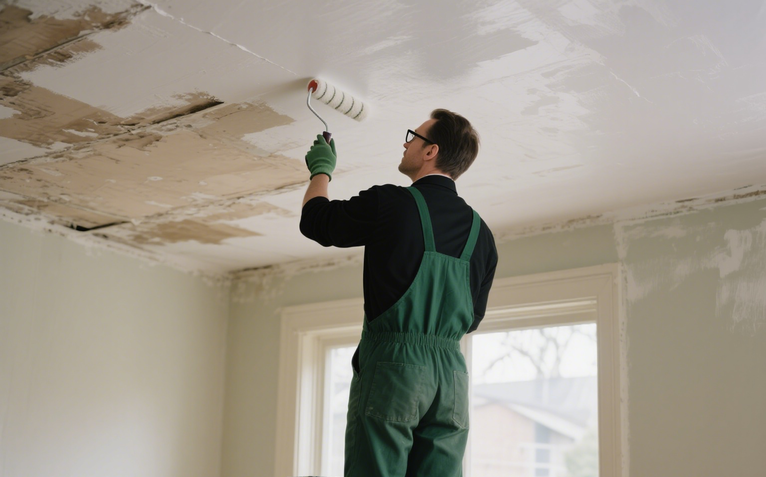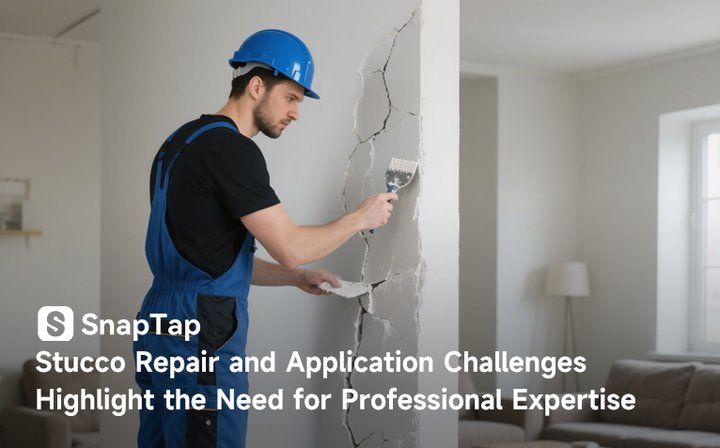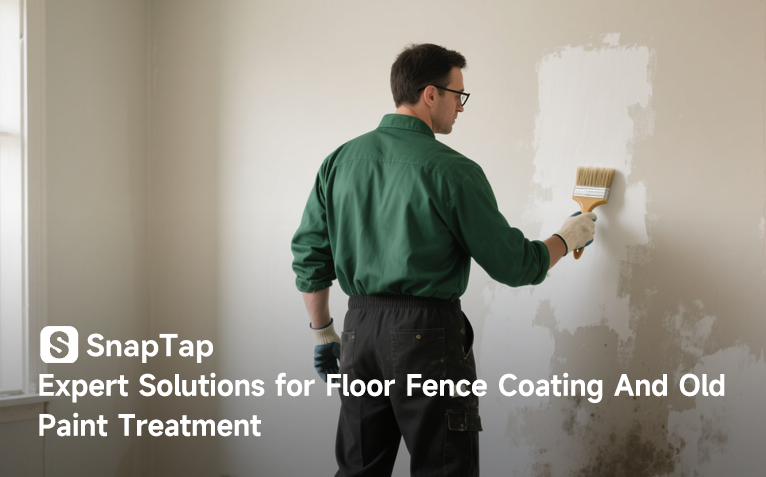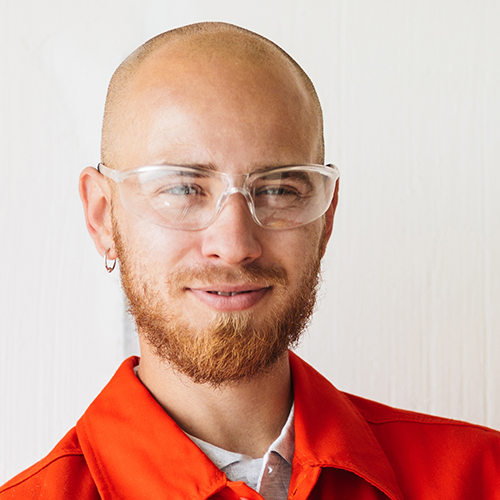Stucco repair and stucco application may appear straightforward to homeowners eager to tackle DIY projects, but these tasks often conceal complexities that demand specialized skills and experience. While the idea of saving money by handling stucco work independently can be appealing, the reality is that improper techniques or material choices can lead to costly mistakes, structural vulnerabilities, and long-term aesthetic issues. Understanding the challenges involved in both repairing existing stucco and applying new stucco reveals why professional intervention is not just beneficial but often essential.
Stucco repair involves more than simply filling cracks or patching damaged areas. The material's layered composition requires an in-depth understanding of its underlying structure, including the scratch coat, brown coat, and finish coat. DIY enthusiasts frequently underestimate the importance of identifying the root cause of damage, such as moisture intrusion, foundation shifts, or inadequate initial installation. Without addressing these core issues, temporary fixes may crumble within months or exacerbate hidden problems like mold growth or wood rot beneath the surface. Professionals possess the diagnostic tools to assess water damage, thermal imaging to detect trapped moisture, and knowledge of local climate impacts, ensuring repairs extend beyond surface-level aesthetics to preserve the building's integrity.

Similarly, stucco application demands precision at every stage, from surface preparation to curing. Mistakes in mixing ratios, application thickness, or weather conditions during installation can compromise adhesion, leading to premature cracking or delamination. Achieving a uniform texture and color match requires an artistic eye honed through years of practice, especially when blending new stucco with existing finishes. Amateur attempts often result in visible seams, uneven surfaces, or color discrepancies that diminish curb appeal. Additionally, working at heights or navigating complex architectural features introduces safety risks that trained crews mitigate with specialized equipment and OSHA-compliant protocols.
The necessity of professional expertise becomes even clearer when considering material science. Modern stucco systems incorporate synthetic polymers, drainage planes, and vapor barriers, requiring familiarity with evolving industry standards. A misstep in layering materials or installing flashings around windows and doors could void warranties or create moisture traps, leading to irreversible damage. Professionals also navigate permitting processes and building codes, ensuring compliance that DIYers might overlook—ultimately protecting homeowners from legal or insurance complications.
While the allure of self-reliance is understandable, stucco repair and application exemplify tasks where professional intervention pays dividends in durability, safety, and value preservation. Entrusting these projects to skilled technicians guarantees not only immediate visual satisfaction but also peace of mind, knowing that the work withstands time, weather, and structural demands.










